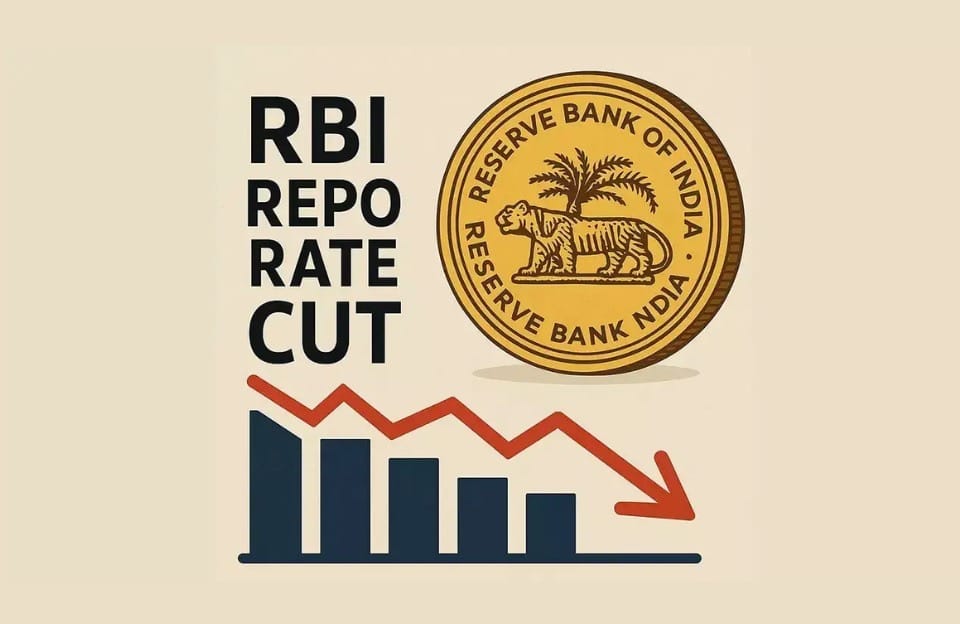Part 3 of 8-Part Series: Exploring India’s Unstoppable Growth and the Challenges It Must Navigate
Can Infrastructure Bridge India’s Employment Gap?
India’s economy is forecasted to expand at approximately 6.3% in FY26 and 6.4% in FY27, according to projections from organizations like the World Bank and OECD, positioning it as one of the fastest-growing major economies globally. However, this robust GDP trajectory is overshadowed by persistent jobless growth, where employment generation lags behind economic expansion. As of July 2025, the unemployment rate stands at 6.9% on a 30-day moving average, per CMIE data, with urban areas facing higher rates around 9.25%. The latest Periodic Labour Force Survey (PLFS) for May 2025 reports an overall unemployment rate of 5.6%, up from 5.1% in April, highlighting ongoing challenges amid automation, skill mismatches, and a predominantly informal workforce. In response, the government has intensified its infrastructure investments, exemplified by the ₹111 lakh crore National Infrastructure Pipeline (NIP) spanning 2020-2025 and the PM Gati Shakti National Master Plan, which aims to create multimodal connectivity and generate up to 70 lakh direct and indirect jobs. This article delves into whether these infrastructure initiatives can effectively address India’s employment gap over the next two years (2025-2027), or if structural barriers such as automation, skill deficits, and regional imbalances will constrain their impact. Drawing on recent data from sources like the ILO, PLFS, and government reports, we analyze India’s context, policy advancements, challenges, and a forward-looking roadmap.
India’s infrastructure sector has been a cornerstone of economic strategy, with capital expenditure reaching ₹7.57 trillion from April to January 2025, representing 74.4% of the annual target, amid a fiscal deficit targeted at 4.4% of GDP for FY26. This push aligns with the goal of achieving a $5 trillion economy by 2027, but employment outcomes remain critical. With a youth population comprising 65% under 35, the demographic dividend risks turning into a liability if job creation falters, potentially exacerbating inequality and social tensions. Recent empirical data from the ILO and PLFS indicate that while GDP grew at 6-7% annually from 2014-2024, employment expanded at only 1-2%, underscoring the jobless growth phenomenon. Youth unemployment for ages 15-29 stands at 13.8% as per PLFS 2025, with urban youth at 17.2% and rural at 12.3%, highlighting the urgency for targeted interventions.
What is Jobless Growth in India?
Jobless growth refers to economic expansion that fails to generate commensurate employment opportunities, a trend evident in India over the past decade. Between 2014 and 2024, while GDP averaged 6-7% growth, employment rose at a mere 1-2% annually, as per ILO estimates and PLFS surveys. This disconnect is driven by several factors. Automation and technological adoption in industries like manufacturing and IT have displaced labor; for instance, AI and robotics are projected to automate 20-30% of routine tasks by 2027, reducing demand for low-skilled workers. Skill mismatches exacerbate the issue, with over 50% of graduates lacking employable skills in high-demand areas like tech, green energy, and data analytics, according to the India Skills Report 2025. A staggering 80% of employers report difficulties filling roles, surpassing the global average of 74%, due to gaps in digital and soft skills.alp.consultingpeoplematters.in
The informal sector, employing over 80% of the workforce, offers limited job security and growth prospects, contributing to underemployment rather than outright unemployment. Rural youth unemployment, at 12.3% in 2025, fuels migration to urban areas, straining city resources and perpetuating inequality. The stakes are high: With a burgeoning youth population, failure to create 90 million non-farm jobs by 2030 could lead to social unrest and lost productivity. Government responses, including the Union Budget 2025-26’s emphasis on capex at ₹1.5 lakh crore for interest-free loans to states, aim to counter this through infrastructure-led job creation.
The Infrastructure Push – A Job Creation Engine?
Infrastructure has long been India’s preferred mechanism for stimulating employment due to its scale and economic multipliers. The PM Gati Shakti National Master Plan, launched in 2021, targets ₹100 lakh crore in investments by 2030, with substantial advancements anticipated by 2027. As of 2025, 434 projects worth over ₹11.17 lakh crore have been identified, and 91 Gati Shakti Cargo Terminals commissioned, expected to generate 70 lakh direct and indirect jobs while reducing logistics costs by 5% of GDP. Every ₹1 crore invested in infrastructure yields 2.5-3 jobs, amplifying economic activity in logistics, retail, and MSMEs.indiatoday.in
Key projects under the NIP, valued at ₹111 lakh crore for 2020-2025, include over 9,000 initiatives, with ₹44 lakh crore in ongoing works like 11,000 km of highways and 35 multi-modal logistics parks.indiainvestmentgrid.gov.in+2 more Bharatmala and Sagarmala programs have completed over 18,900 km of highways and 277 projects, respectively, projecting 1 crore jobs by 2027 through enhanced connectivity. The Smart Cities Mission, with 94% of 8,067 projects completed as of May 2025, aims for 10 lakh direct and 30 lakh indirect jobs via tech-integrated urban development.pib.gov.in+2 more Green energy under the National Green Hydrogen Mission targets 6 lakh jobs by 2030, with 2 lakh by 2027 in solar, wind, and EV infrastructure.
These efforts not only create direct construction jobs but also indirect opportunities in supply chains, with multipliers estimated at 7-30 jobs per $1 million spent, per IMF studies.indiatoday.in In FY25, infrastructure spending has supported recovery, but sustaining this amid a 4.9% fiscal deficit requires efficient allocation.
Challenges in Bridging the Employment Gap
Despite promise, infrastructure’s role in combating jobless growth faces limitations. Many jobs are temporary, lasting 1-2 years, leading to post-project unemployment. Skill gaps exclude 60% of the unskilled workforce from advanced projects like 5G networks or smart grids, with 80% of employers struggling to fill roles.alp.consultingpeoplematters.in Regional disparities persist, with urban-centric initiatives neglecting rural unemployment at 12.3%. Automation in construction, using drones and precast methods, reduces labor needs by 20-30%.
The informal economy dominates infrastructure jobs, offering no benefits, while fiscal pressures (deficit at 4.4% FY26) and delays (e.g., bullet train overruns) hinder efficiency. Implementation gaps, including corruption, further dilute job creation potential.
A Roadmap for 2025-2027
To maximize infrastructure’s impact, integrate Skill India programs like PMKVY 4.0 to train 2 crore youth in relevant skills. Prioritize labor-intensive rural projects like roads and housing over mega-initiatives. Leverage AI for efficiency while enforcing labor quotas to mitigate automation. Accelerate green jobs under the Green Hydrogen Mission for 2 lakh opportunities by 2027. Strengthen governance via digital tools like the Gati Shakti portal for timely execution.
Conclusion
India’s infrastructure drive, through PM Gati Shakti and allied projects, offers substantial potential to tackle jobless growth by 2027, creating millions of jobs and enhancing connectivity.grantthornton.in Initiatives like Bharatmala, Sagarmala, Smart Cities, and green energy could yield 1-3 crore jobs, supporting 6.3% GDP growth. Yet, temporary employment, skill mismatches, and disparities pose risks. Addressing these via training, inclusive planning, and governance reforms is essential. With a young workforce and capex focus, 2025-2027 could transform the demographic dividend into inclusive prosperity, but infrastructure must complement broader strategies for sustainable jobs.Part 3 of 8-Part Series: Exploring India’s Unstoppable Growth and the Challenges It Must Navigate


